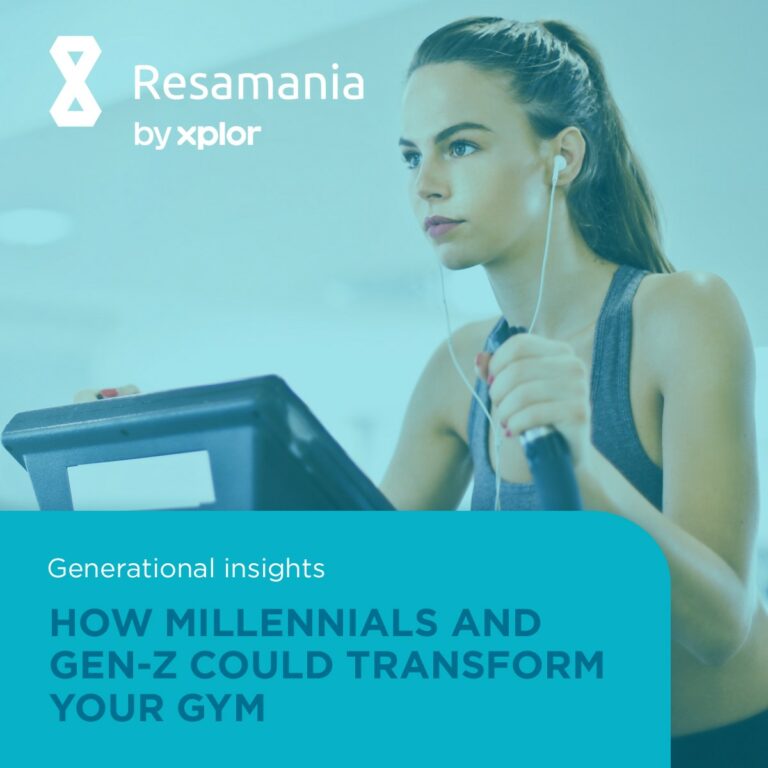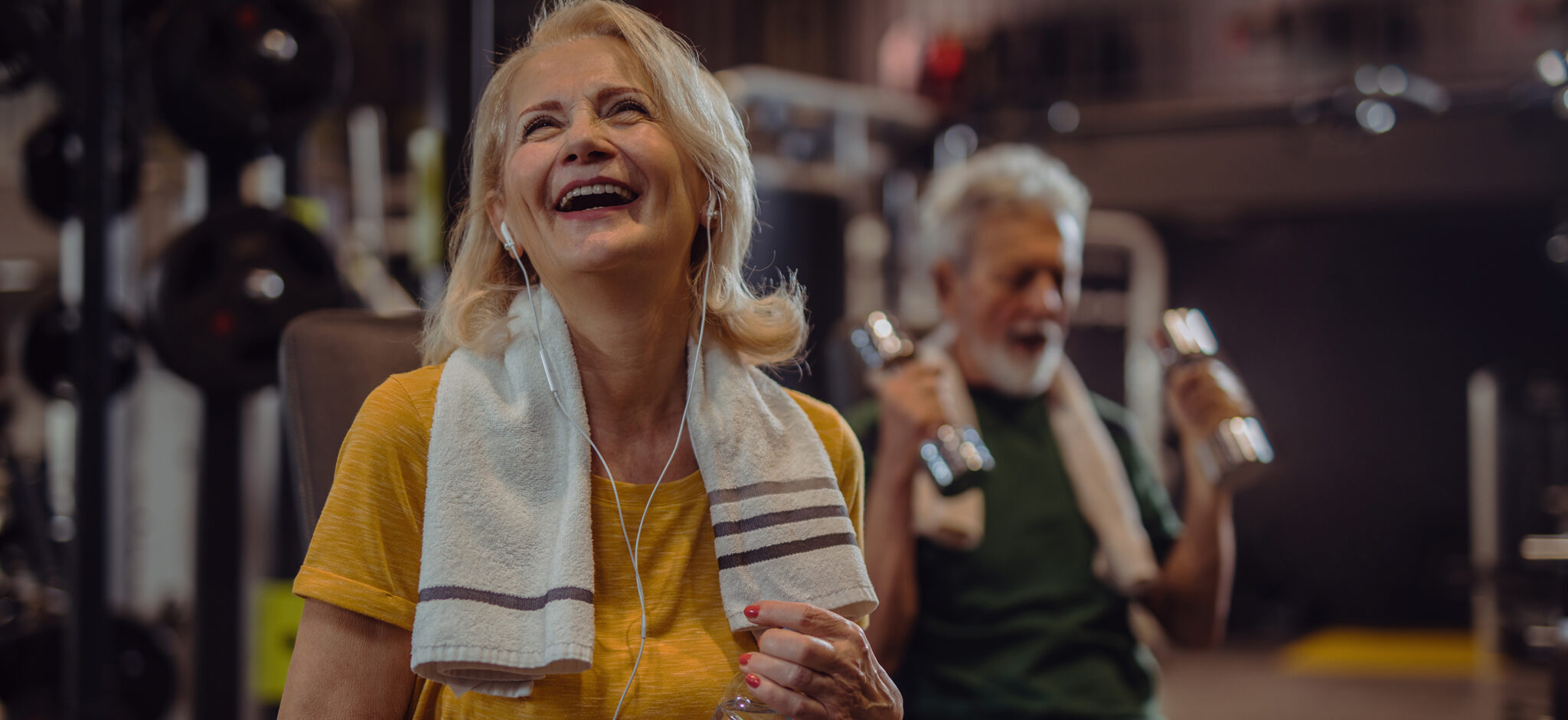When you’re marketing your gym, planning your growth strategy and identifying your target audience, it’s only natural that you try to be as inclusive as possible, right?
You want to appeal to as many people as possible in your catchment area, so you can encourage as many members as possible to join. It makes complete sense.
But can your gym really appeal to all ages? Can you make sure that all your facilities and your fitness offers appeal to everyone – from those just turning 18 (or even younger) to those who’ve retired?
Can you be all things to all people? Should you try to be?
Jack Of All Trades, Master Of None?
The challenge with delivering everything for everyone is quality. Can you offer the very best facilities, classes and experiences at every level, or will you need to compromise somewhere?
It takes a lot more effort, a lot more work and a lot more investment to deliver the features and facilities that will excite every demographic.
The question you have to ask yourself is: Where should we focus our efforts?
Do you want to secure influencers to present the hottest new trends and fitness programs that over 40% of under 35s want, when only 16% of over 55s care about that?*
Do you want to reduce class sizes and limit numbers to appeal to an older generation, where more than 30% of over 55s are worried about overcrowding? Or should you be increasing class sizes and expanding your gym to create the busier, vibrant atmosphere that younger generations prefer?
If you try to please everyone, do you end up making compromises that please no-one?
The Challenge With Niching
The alternative approach is to focus on one specific age group or demographic. One key area of your catchment area where you can specifically target your facilities and offers.
Maybe that’s Millennials or Generation Z, who have unique demands and expectations for their gyms.
Or maybe it’s the older, retired generation, who have plenty of disposable income and are more willing to pay for premium services.
But the problem with niching is that you’ve immediately reduced your potential audience. You’ve more than halved the number of prospects in your area if you focus on just one age group, decreasing the potential revenue at your fingertips.
And the bigger challenge with niching is that if you really want to do it properly, you have to be prepared to exclude other demographics. You can’t expect to still appeal to younger age groups, for example, if you decide to go all in on targeting over 55s.
To appeal to an older age group, you’ll want a class timetable that focuses on low intensity workouts – including lots of classes like Zumba and Pilates – which won’t always appeal to younger generations looking for more active, more high intensity sessions.
What Do Millennials and Gen-Z members want?
Millennials and Gen-Z members have specific demands. They could be a profitable, strategic focus for gyms, if you can appeal to their needs.
Conducting unique research into their expectations and demands for the future of health, fitness and wellbeing, we identified exactly what Millennials and Gen-Z think about their gyms, and learnt what features and facilities they want to see more of in the future.
If you want to know how to appeal to this age group, download our infographic on How Millennials and Gen-Z Could Transform Your Gym.

But Are The Attitudes Of Your Members Really That Different?
Do you really need to focus on one specific demographic, or can your gym appeal to all ages? Do different generations really want drastically different experiences from their gym?
Take technology for example. Tech-savvy millennials and Gen-Z clearly want to bring more technology into their fitness routines and into the gym, but so do the older generation. Over 50% of over 55s want their gyms to integrate more technology and would like more ways to track their fitness stats.
There’s also a tendency to think that the older generation like to visit gyms because of the social and community interaction, using them as a place to grab a cup of tea afterwards and have a natter with friends. But younger generations also value the community elements of the gym, and 52% want to see more social and community events taking place.
So as long as any new facilities aren’t too extreme, or any changes to your fitness offering aren’t too drastic, it’s likely that the vast majority of your members (and your prospects) will embrace them.
The key is identifying the changes and additions the majority of your members would like to see.
Use Member Demographics To Your Advantage
Understanding how members in different demographics behave is a great place to begin. By using data from your gym management software, you can identify who your members are now, monitor how they use your facilities and start looking for trends between different age groups.
You could use access time data, for example, matched with demographic data, to see when your members visit and what they do. Perhaps you need to introduce more light intensity workouts on weekday mornings, when the majority of members in your gym are over 55?
If you explore what you can do to attract more prospects from different age groups at different times, then you’re unlikely to alienate existing members. You can test different approaches for different demographics.
If you identify what each demographic prioritises, you can see if your gym delivers. If you need to add new features or facilities, you can then use your software to support targeted marketing efforts – based on demographics – to reach out to specific age groups and let them know about new additions to your gym.
And if you don’t have the data to hand, you could ask your members what they value through surveys – or even in person when they visit you. Collect the information, filter by age, and see what changes you could make.
Focus on the facilities which you currently lack – but are demanded by every age group – and you’re onto a winner.
*Research taken from an online survey of 1,065 respondents during December 2021, conducted by Untangld on behalf of Xplor Gym’s parent company, Xplor Technologies, in December 2021
Article by Xplor Gym
First published: 09 May 2022
Last updated: 19 February 2024
